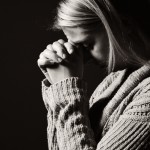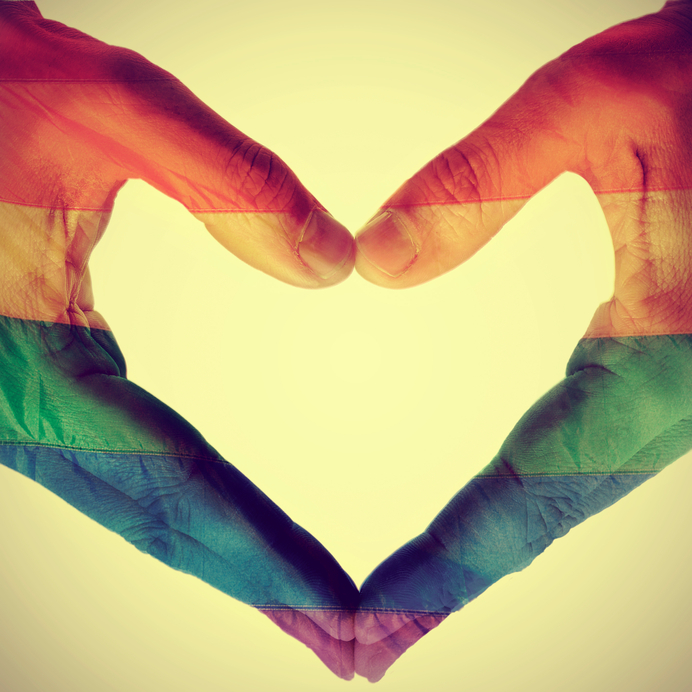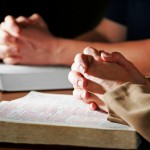September is a very important month for Judaism and those observing Jewish holidays. Learn more about what each holiday signifies and explore related content on Deily!
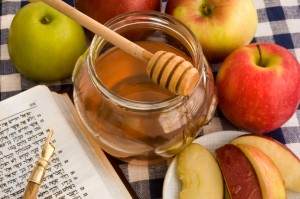
Rosh Hashanah (September 13-15)
This is the official Jewish New Year. Rabbinic literature describes this day as a day of judgment. Prayer services are longer than on a regular Shabbat or other Jewish holidays, and include the blowing of the shofar.
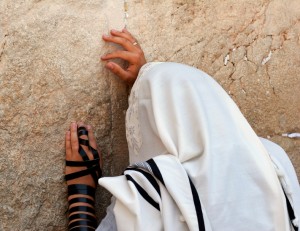
Ten Days of Repentance (September 13-23)
This includes Rosh Hashanah, Yom Kippur and the days in between, during which time Jews meditate on the subject of the holidays and ask for forgiveness from anyone they have wronged.
- Rosh Hashanah and Ten Days of Awe
- What Does Repentance Mean in Judaism?
- Why Do Teshuvah (Repentance)?
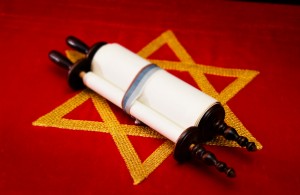
Yom Kippur (September 22-23)
This is the Jewish festival of the Day of Atonement, referred in The Hebrew Bible as Yom Hakippurim. Observant Jews fast throughout Yom Kippur and many attend synagogue for most of the day. There are five prayer services, one in the evening and four consecutively throughout the day.
- Prayer of Yom Kippur (in Hebrew)
- Day of Atonement Yom Kippur
- Yom Kippur Midrash in the Book of Hebrews
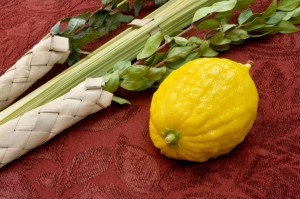
Sukkot (September 27- October 3)
Sukkot has a double significance. The one mentioned in the Book of Exodus is agricultural in nature and marks the end of the harvest time and thus of the agricultural year in Israel. The more elaborate religious significance from the Book of Leviticus is that of commemorating the Exodus.



